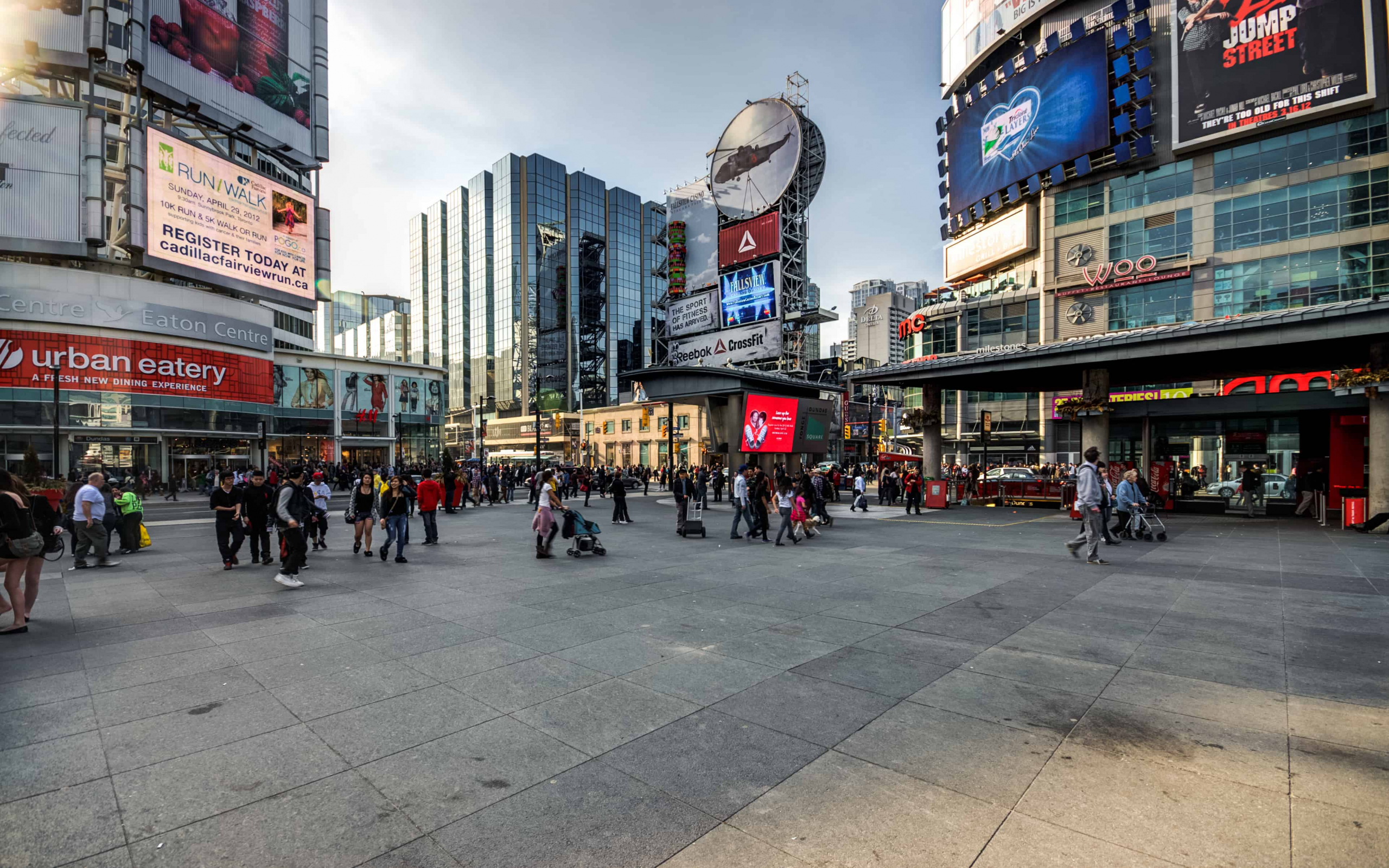Yo, can I have a cigarette?
It’s a familiar refrain in Bombay social circles. I don’t — can’t — smoke, so I make my apologies and the questioner moves on in search of someone else with a cigarette to spare.
It was the summer of 2011, and I was back home in Bombay. That summer, if you asked certain people for a cigarette, their answer would immediately be “yes.” It was something I noticed at a succession of social gatherings in the city during my trip home: young people giving out cigarettes at a rate that would have bankrupted the ordinary student, even in India where a pack costs about a dollar and not 10 like it does in Toronto.
There’s a reason those people were able to be so free with their smokes. They’d been hired by a company, Enbisaze Solutions, to distribute — or “sample,” in their terminology — Marlboro cigarettes to young people at social events.
“It was a three-month campaign, where I had to sample cigarettes to legal-age smokers — that’s the ages of 18 and above,” explains Vanessa, who was hired as a “Marlboro Red Connector.”
“At any parties or any chilling-out scenes where a group of more than six people were present, I had to sample.”
It wasn’t as simple as just handing out cigarettes to friends, though. “You had to take pictures — that was very important — to show the number of people you had sampled to,” says Vanessa. “Every time you sampled, you needed to take pictures and give [the company] an estimate as to how many people you had sampled to and how many packs of Marlboro you used to sample to those people.”
Advertising is certainly not a new concept. The ancient Egyptians featured their wares on papyrus posters, and billboards have existed since at least the late seventeenth century.

RÉMI CARREIRO/THE VARSITY
Rewind to New York in the 1890s, and you’d see a kind of guerilla marketing similar to what I saw last summer in Bombay. If you were walking along the street in those days, you’d be accosted by a man in the street, engaging you in lively discussion about the wonders of the commercial establishment behind you. Swayed by his argument, you’d find yourself stepping inside to peruse the wares for sale.
It’s one of the earliest examples of the “promoter.” Product placement and guerrilla marketing all seem like fairly modern concepts — far removed from the ‘60s Mad Men era of big advertising. But store-owners in late-nineteenth century New York understood the same basic concept that drives product promotion today: the personal touch sells. The man who talked you into entering that shop was hired by its proprietor to do just that.
He wasn’t the only person in the city being used to drive up business. The owners of the stale-beer dives that filled the tenements of New York’s urban poor would permit tramps to temporarily inhabit their establishments on cold nights. The shivering “sitters” attracted the sympathy of passers-by, who could be counted upon to buy the tramps some of the dive-bar’s particular brand of alcohol. The tramps were “hired” on cycles, and owners made them move out of the beer bars at intervals to ensure fresh faces for the walking public to pity.
Just like the beer bar owners of New York City, the Marlboro Connectors made sure they “sampled” to as wide a spectrum of people as possible.
“I would see to it that I wasn’t oversampling, because you need to keep a count on how much you’re sampling,” notes Vanessa. “You can’t oversample, and you can’t sample to the same person a million times.”
Still, there was certainly no shortage of cigarettes. “They would give me two cartons a month, and whenever my stock was over, I had to go ask for more,” says Vanessa.
But the Connectors did have to meet certain minimum goals. “In a month we had to reach a certain target, which was 100 cigarettes, and in December, it was 150.
“If you met your target for the month, you would get the entire salary,” explains Vanessa. “If you sampled to [fewer] people, they would cut it accordingly, according to the number of people you’d missed out on.”
The promoters themselves had to meet certain criteria.
“You have to be a smoker,” explains Gaurav, an old acquaintance whose free hand with the cigarettes first brought this promotional scheme to my attention. “The clause is that once you start working you cannot be seen in public smoking any other brand except for Marlboros — that’s a serious violation.”
But within those boundaries, the Connectors were given the freedom to choose exactly how and when they would work. “We were allowed to take cigarettes as and when we wanted, when we partied,” says Gaurav. “Whenever we went to parties, when we went to clubs — basically anywhere with more than 10 people.”
Places where large groups of people congregate are ideal targets for guerrilla marketing. Yonge–Dundas Square in Toronto is one such place. Rain, snow, or shine, Toronto’s answer to the Big Apple’s Times Square is always buzzing. Another constant of the square is that there’s always someone trying to give you something for free.
[pullquote]Give people things for free, and maybe, just maybe, they’ll like what they get enough to pay for it the next time. [/pullquote]
A week’s worth of trips to Dundas Square can save you a lot of money on toiletries and snacks. I’ve picked up a straight razor, lemons, ice cream, and tennis balls among other things, just by sauntering by on my way to and from the Eaton Centre.
The people who haunt Dundas Square to give you free stuff aren’t doing it out of the goodness of their hearts. They’re doing it because of that other great principle of marketing: give people things for free, and maybe, just maybe, they’ll like what they get enough to pay for it the next time.
That’s particularly true for young people, those aged 18–34, the target audience of most advertising efforts. The campaign I witnessed in Bombay was no different. The Connectors were selected as much for their age as for their smoking status.
“They look for young smokers, not exactly 18 but 19, 20, 21, up to 24 — basically below 25 years old,” notes Gaurav.
Despite not being a smoker, I fit the target demographic and still ended up being a part of the “campaign.” My face appeared in a number of the pictures taken by the Connectors in an effort to show the company that they were doing their jobs. “We had to take pictures with their faces, because that’s how [the company] knew whether they were legal-age smokers or not,” explains Vanessa.
But here’s the funny part: most people don’t think advertising works, at least not on them. Sure, they see the TV ads and they take the free swag, but they assume the product choices they make have nothing to do with marketing or promotion.
The marketers behind Red Bull certainly don’t agree. If there’s one company that’s associated with marketing in the modern age, it’s the Austrian energy drink manufacturer, whose logo adorns everything from Formula One cars to soccer jerseys and extreme sports events. Celebrities and athletes including rapper Eminem and NFL player Reggie Bush have endorsed the brand. But Red Bull’s most effective strategy is probably the personal touch: Red Bull cars and Red Bull girls.
They’re everywhere: hatchbacks with giant Red Bull cans on the back, whizzing through cities from Vancouver to Hong Kong. Out of them pour attractive young women carrying (smaller) cans of the energy drink. The combination of extreme sports, fast cars, and sex appeal makes perfect sense considering Red Bull’s target audience: young men.
And on the whole, it works. We’re so used to getting free stuff from guerrilla marketers, it’s faded into the background. Most of us wouldn’t think twice about taking a Red Bull can from a beautiful girl. It helps that the labour force that promotion campaigns tap is young and social, just like the campaign’s intended targets.
The illusion people retain that advertising “doesn’t work” on them seems to apply mainly to “big” advertising — billboards, TV commercials, and so on. Does it make a difference that the targets of guerrilla marketing can’t help but know that they’re being promoted to?
What struck me particularly about the Marlboro campaign I saw in Bombay was that everyone around me seemed completely aware of the fact that the cigarettes they were getting were part of a promotional campaign. “Most of my friends knew, 90 per cent of my friends knew,” admits Gaurav.
By and large, the guerrilla promotion of a particular brand of cigarettes didn’t seem to evoke any kind of response from the young people the campaign targeted. As for Gaurav’s friends, “they didn’t exactly react much; I didn’t get any hard core reactions. They were mostly okay with it.”
Maybe it’s the “free” angle. After all, my reaction to someone handing me a free energy drink is vastly different from the way I act when someone trying to talk to me about, say, the importance of educating girls in the developing world. Maybe we’ve just become so accustomed to being targeted by companies that we don’t see any harm in being given something to affect our purchasing choices.
As Vanessa points out, free stuff — in this case, smokes — isn’t likely to be greeted by howls of protest. “[My friends] were happy about the fact, because anyway, they’re getting cigarettes to smoke.”


